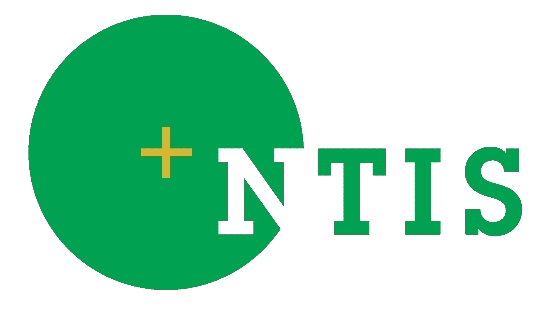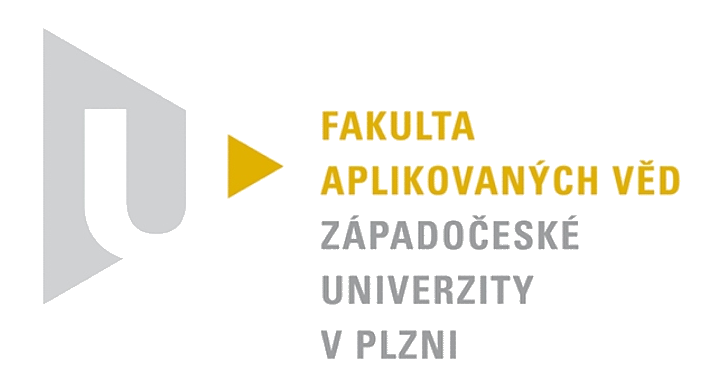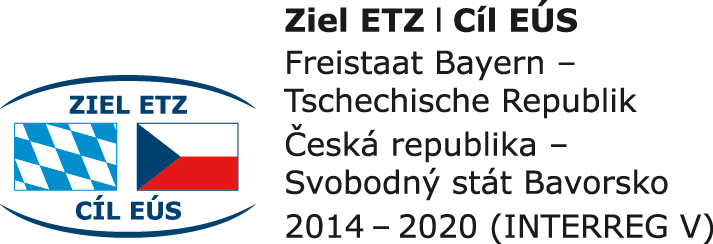
EEGbase - portal for management of electrophysiological experiments
EEGbase is a web portal for long-term storage, annotation, management and sharing of data and metadata from electrophysiological experiments. It is an essential upgrade of previous research prototype and is intended for further commercialization. After free registration the portal allows users to work in a user-defined groups. It uses standard terminology for domain description. However, the template system allows the definition of custom metadata for each experimental scenario. Experiments carried out according to the same or similar experimental scenarios and granted under the same license can be grouped into packages of experiments. Users can assign licenses and sales prices to their experiments and packages of experiments and then provide them to other entities. The portal was developed within the project Pre-seed CZ.1.05/3.1.00/14.0298 Technological verification of the results of research and development I. The project repository is available at https://github.com/INCF/eeg-database. The portal is available at http://eegdatabase.kiv.zcu.cz/. It currently offers more than 700 experiments.







